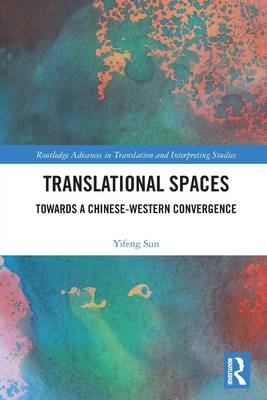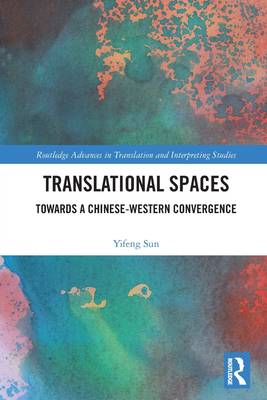
- Afhalen na 1 uur in een winkel met voorraad
- Gratis thuislevering in België vanaf € 30
- Ruim aanbod met 7 miljoen producten
- Afhalen na 1 uur in een winkel met voorraad
- Gratis thuislevering in België vanaf € 30
- Ruim aanbod met 7 miljoen producten
Zoeken
€ 58,45
+ 116 punten
Uitvoering
Omschrijving
This book explores the concept of space, or rather spaces, in relation to translation, to construct a conceptual framework for research to better understand and solve translation problems. A number of interrelated spatial perspectives on translation supported by empirical evidence are presented to help better understand the complexities between China and West in cultural exchanges and to offer a way of explaining what happens to translation and why it takes on a particular form. In the chequered history of Chinese-Western cultural exchange, effective communication has remained a great challenge exacerbated by the ultimate inescapability of linguistic and cultural incommensurability. It is therefore necessary to develop conceptual tools that can help shed light on the interactive association between performativity and space in translation. Despite the unfailing desire to connect with the world, transnational resistance is still underway in China. Further attempts are required to promote a convergence of Chinese and Western translation theories in general and to confront problems arising from translation practice in particular. This work will be of interest to students and scholars in translation studies around the world, as well as those working in cultural studies and cross-cultural communication studies.
Specificaties
Betrokkenen
- Auteur(s):
- Uitgeverij:
Inhoud
- Aantal bladzijden:
- 196
- Taal:
- Engels
- Reeks:
Eigenschappen
- Productcode (EAN):
- 9780367654795
- Verschijningsdatum:
- 1/08/2022
- Uitvoering:
- Paperback
- Formaat:
- Trade paperback (VS)
- Afmetingen:
- 156 mm x 234 mm
- Gewicht:
- 290 g

Alleen bij Standaard Boekhandel
+ 116 punten op je klantenkaart van Standaard Boekhandel
Beoordelingen
We publiceren alleen reviews die voldoen aan de voorwaarden voor reviews. Bekijk onze voorwaarden voor reviews.











